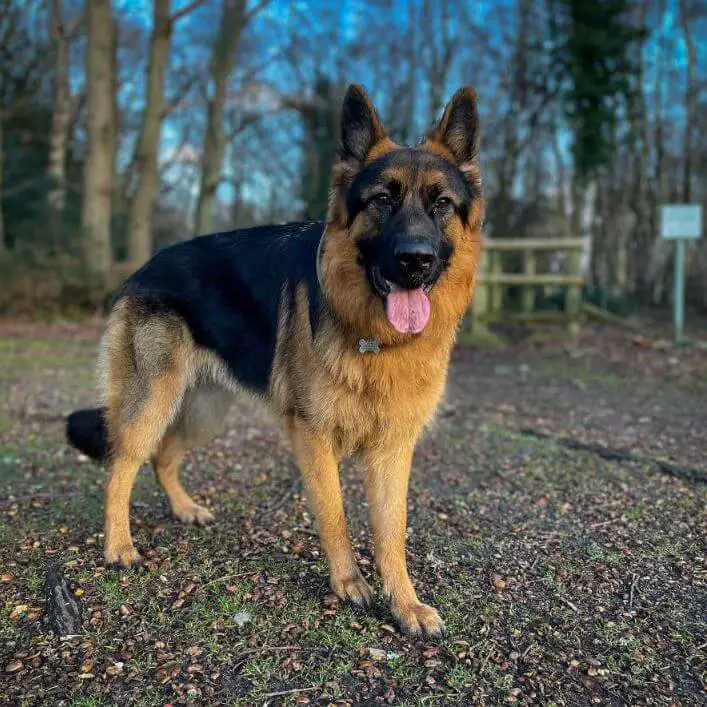Elbow dysplasia is a common orthopedic condition that affects dogs, particularly large and giant breeds. It refers to a group of developmental abnormalities in the elbow joint, which can cause pain, lameness, and reduced mobility. In this article, we will delve into the causes, symptoms, and treatment options for elbow dysplasia in dogs to help you better understand this condition and provide the best care for your furry friend.

Understanding Elbow Dysplasia:
Elbow dysplasia occurs when the components of the elbow joint, including the bones, cartilage, and ligaments, do not develop properly. The condition is often a result of a combination of genetic and environmental factors. Over time, abnormal development can lead to joint instability, inflammation, and subsequent damage.
Common Causes and Risk Factors:
Several factors contribute to the development of elbow dysplasia in dogs, including:
- Genetics: Certain breeds are more predisposed to elbow dysplasia, including Labrador Retrievers, Golden Retrievers, German Shepherds, and Rottweilers.
- Growth Rate: Rapid growth and weight gain in puppies can place excessive stress on developing joints, increasing the risk of dysplasia.
- Nutritional Factors: Imbalanced or improper nutrition during the growth phase can influence the development of the elbow joint.
Symptoms and Diagnosis:
Recognizing the signs of elbow dysplasia is crucial for early intervention. Common symptoms include:
- Lameness or limping, particularly in the front limbs.
- Difficulty rising, climbing stairs, or jumping.
- Stiffness after rest or exercise.
- Reluctance to bear weight on the affected leg.
- Swelling or thickening around the elbow joint.
- To diagnose elbow dysplasia, a veterinarian will conduct a thorough physical examination and may recommend additional diagnostic tests, such as X-rays, CT scans, or arthroscopy, to evaluate the joint’s structure and detect any abnormalities.

Treatment Options:
Treatment for elbow dysplasia aims to alleviate pain, reduce inflammation, and improve joint function. The approach may vary depending on the severity of the condition and the dog’s individual needs. Treatment options may include:
- Medications: Nonsteroidal anti-inflammatory drugs (NSAIDs) or pain medications can help manage pain and inflammation associated with elbow dysplasia.
- Weight Management: Maintaining a healthy body weight is crucial to minimize stress on the affected joints and slow disease progression.
- Physical Therapy: Rehabilitation exercises, such as range-of-motion exercises and hydrotherapy, can help improve muscle strength, joint stability, and mobility.
- Surgical Intervention: In more severe cases, surgical procedures like arthroscopy, osteotomy, or joint replacement may be recommended to correct joint abnormalities and alleviate pain.
Preventive Measures:
While some risk factors for elbow dysplasia, such as genetics, cannot be controlled, there are preventive measures you can take to minimize the likelihood or severity of the condition:
- Choose a responsible breeder who performs health screenings on parent dogs to reduce the risk of passing on genetic predispositions.
- Provide a balanced and appropriate diet for growing puppies to support healthy bone and joint development.
- Avoid excessive high-impact activities during the growth phase, as they can strain the developing joints.

Elbow dysplasia is a challenging condition that can significantly impact a dog’s quality of life. By understanding the causes, recognizing the symptoms, and seeking appropriate veterinary care, you can help manage elbow dysplasia in your dog. Early detection and intervention, along with proper treatment options, can help alleviate pain, improve joint function, and ensure a happier, more active life for your beloved canine companion. Always consult with a veterinarian for an accurate diagnosis and personalized treatment plan tailored to your dog’s specific needs.
